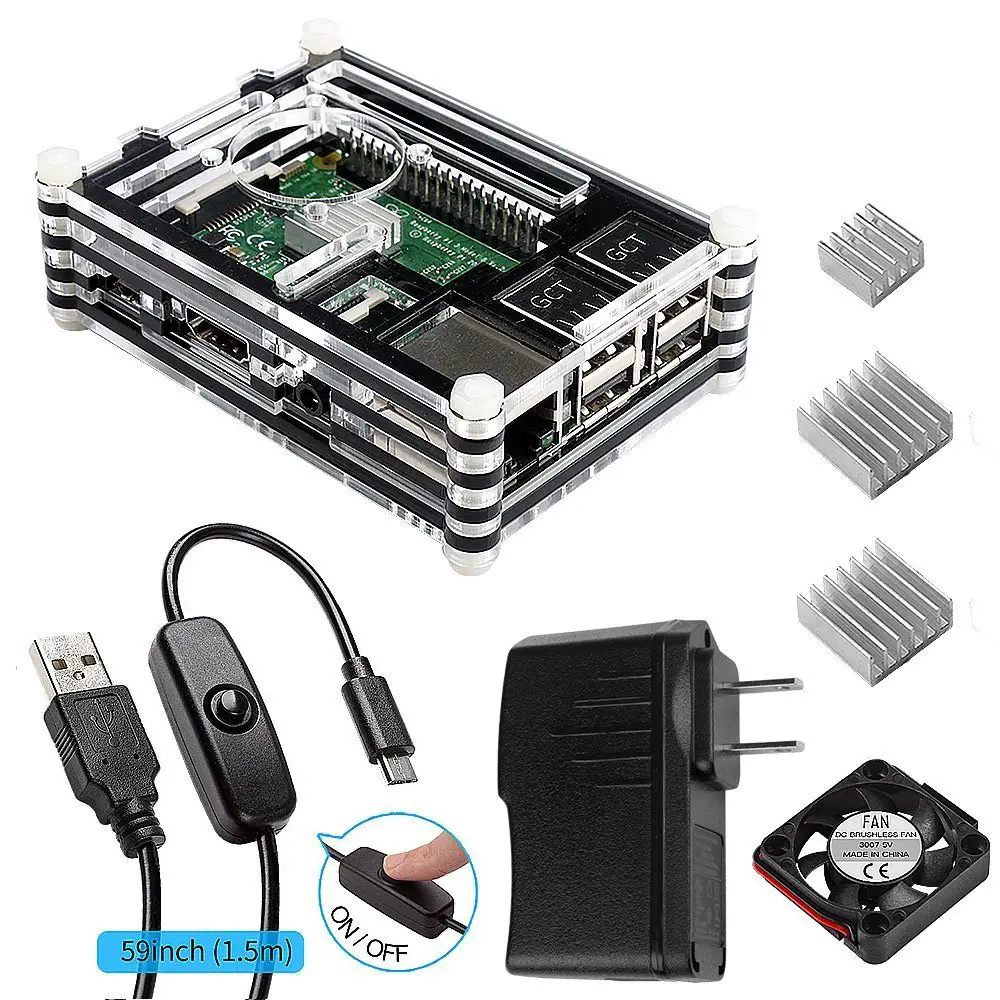; Date: Tue Jan 30 2018
Tags: Docker »»»»
Docker is a wonderful tool that abstracts away all kinds of details about configuring and maintaining Linux Containers. The power to simply type "docker run image-name" and have a bunch of complexity automatically handled is great. But you may want to change Docker's defaults, and just how do you do so? In my case "/var/lib/docker" would be on an SSD drive, and to lengthen its lifetime I want to minimize the number of writes to that drive. Moving this directory to the SSD should help with that goal.

I have an Ubuntu system that's newly setup. Therefore I had to first set up Docker, using the instructions here:
https://docs.docker.com/install/linux/docker-ce/ubuntu/ Followed by post-install instructions: https://docs.docker.com/install/linux/linux-postinstall/
Transcript:
45 apt-get remove docker docker-engine docker.io
46 apt-get update
47 apt-get install apt-transport-https ca-certificates curl software-properties-common
48 curl -fsSL https://download.docker.com/linux/ubuntu/gpg | sudo apt-key add -
49 apt-key fingerprint 0EBFCD88
50 sudo add-apt-repository "deb [arch=amd64] https://download.docker.com/linux/ubuntu \
$(lsb_release -cs) \
stable"
51 apt-get update
52 sudo add-apt-repository "deb [arch=amd64] https://download.docker.com/linux/ubuntu \
$(lsb_release -cs) \
stable"
53 docker run hello-world
54 sudo groupadd docker
55 usermod -aG docker david
56 systemctl
57 systemctl enable docker
At this point Docker has its out-of-the-box configuration. It does successfully download and setup containers. What's more important is the file-system image for each container is on the SSD. As containers and images are created, destroyed, and executed, that probably means lots of write operations on the SSD.
The docker info command tells us a bunch of information about the system. One detail is the directory, /var/lib/Docker to keep the images and everything.
Because I used systemctl to enable Docker, we configure Docker using these instructions:
https://docs.docker.com/engine/admin/systemd/
That page says we can put a JSON file at /etc/docker/daemon.json
The dockerd documentation lists what can be put in that file:
https://docs.docker.com/engine/reference/commandline/dockerd//
{
"data-root": "/home/docker/root",
"storage-driver": "overlay2"
}
There's a file at /lib/systemd/system/docker.service containing some configuration settings. It was unclear if anything could be put in that file to affect the location of the data-root directory.
It worked to install the daemon.json file as shown.
Then this sequence of commands are run:
75 ls -d /var/lib/docker
76 ls -ld /var/lib/docker
77 mkdir -p /home/docker/root
78 chmod 711 /home/docker/root
79 ls -ld /home/docker/root
81 systemctl stop docker
82 (cd /var/lib/docker/; tar cf - .) | (cd /home/docker/root/; tar xvf -)
84 mv /var/lib/docker/ /var/lib/docker-old
85 systemctl start docker
We start by inspecting the current /var/lib/docker so the replacement, /home/docker/root, can have the same settings.
Next we stop docker so that the directory contents are quiescent.
Next we copy the current contents in /var/lib/docker to /home/docker/root using a tar pipeline.
Next we, for good measure, we move /var/lib/docker out of the way so that if we'll see whether Docker successfully used the new location for its files. If the declared docker-root direectory is missing, Docker will autocreate it for you.
Afterwards run docker info to check the docker-root location was changed.
Then you can run a couple Docker images, and verify if those images get created in the new docker-root location. This is sufficient to cause a Docker image to download and its container execute: docker run -it python bash
To verify:
103 docker ps -a
105 docker images -a
106 du /home/docker/root/ | less
107 du /var/lib/docker* | less
This lets us view the current set of containers/images and validate that the newly created container/image occurred in the new location.
Finally once you're satisfied Docker is using the new docker-root location:
108 rm -rf /var/lib/docker*
109 ln -s /home/docker/root /var/lib/docker
110 ls -l /var/lib
A symbolic link is left in the old location pointing to the new for good measure -- just in case some piece of software hard-coded that pathname.











